"The essence of sustainable interior design is finding the delicate balance between form, function, and eco-consciousness."
In the search for a more sustainable planet, interior design is included. It's much more than a trend. It is a way of transforming spaces, contributing to constructing a more balanced and harmonious future. A future where beauty, comfort, luxury, quality, and planet preservation go hand in hand in perfect balance.
Sustainable interior design is not only encouraging waste reduction or less use of natural resources. It has other objectives ranging from the conscious purchase of products that do not negatively impact the environment to the reuse of materials, without forgetting the valorization of energy efficiency. For example, designers can use certified or reclaimed wood for furniture, incorporate natural light to reduce artificial light or create areas where plants improve air quality, such as green roofs or living walls.
In interior design, sustainability reflects in designs that benefit the people who live there and the environment. The focus is on the planet and on how people will feel in that place. Sustainable design contributes to the environment while improving the health and well-being of those who use it.
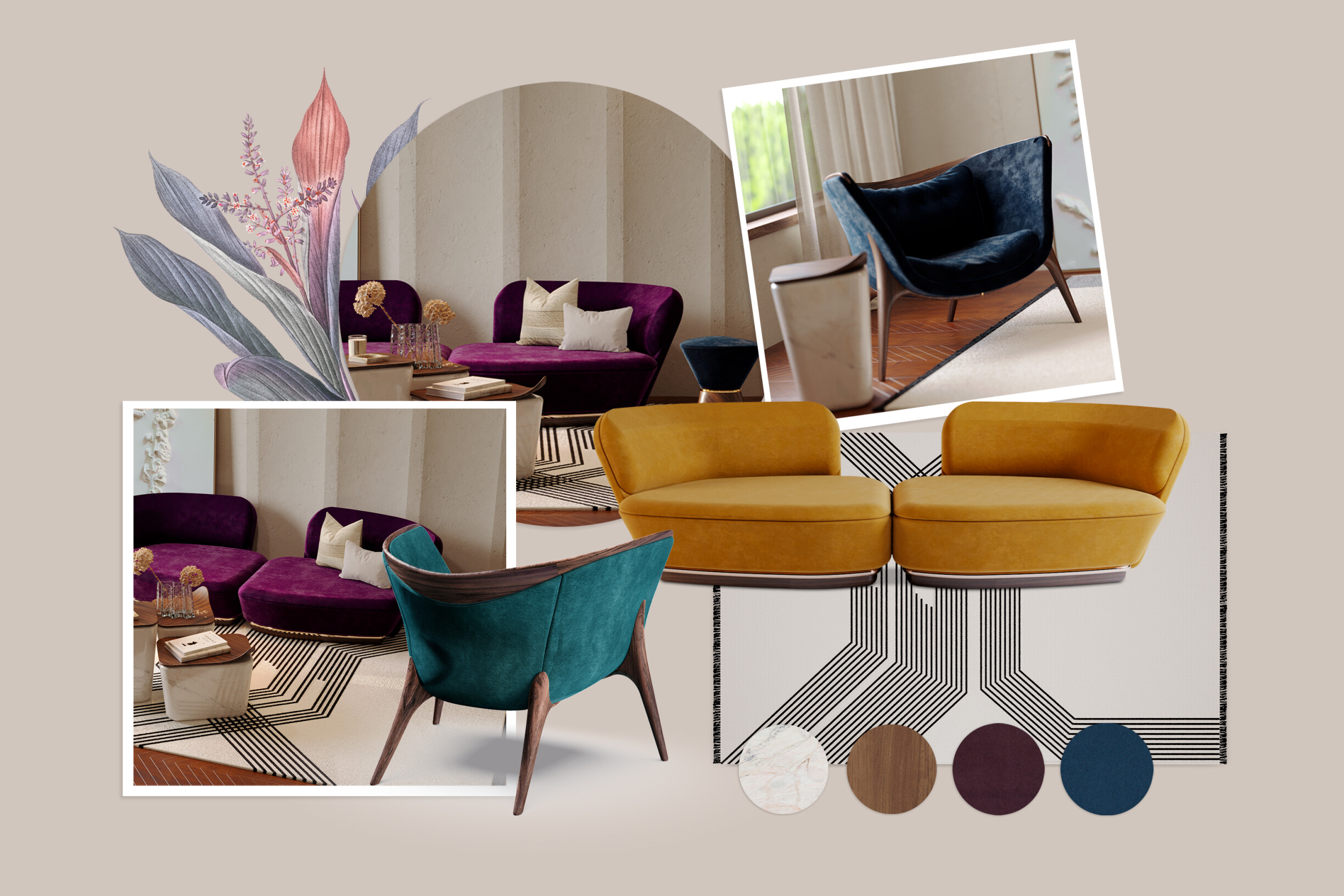
A trend? A new decorative style? You can adopt several decoration styles in your project, as we explain in this article from our blog. But sustainable interior design is much more than a trend or a new decorative style.
In this concept, which cuts across various areas of society, priority is given to creating beautiful, functional, and ecologically conscious spaces, where one of the goals is to minimize the negative impact on the environment. Still, it is guided by the idea that giving up human comfort, aesthetic sense, and beauty is unnecessary to ensure that a space is eco-friendly and efficient.
This approach implies an ethical and ecological awareness of using natural materials, construction techniques, and energy efficiency. Therefore, some key characteristics of sustainable interior design are important to highlight:
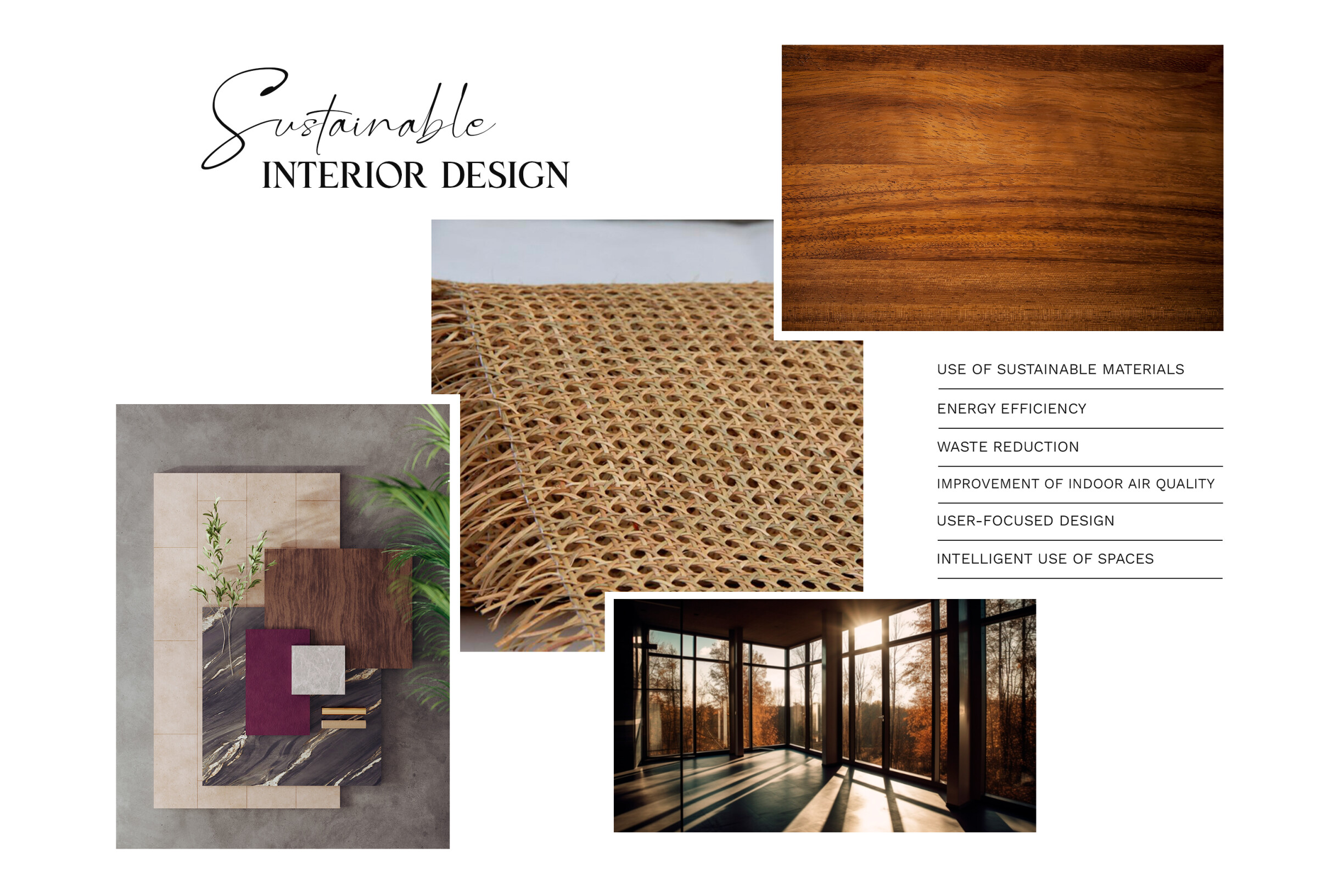
The benefits of investing in sustainable interior design are many, both for those who live in the spaces and for the environment. Inevitably, the main benefits are for the environment:
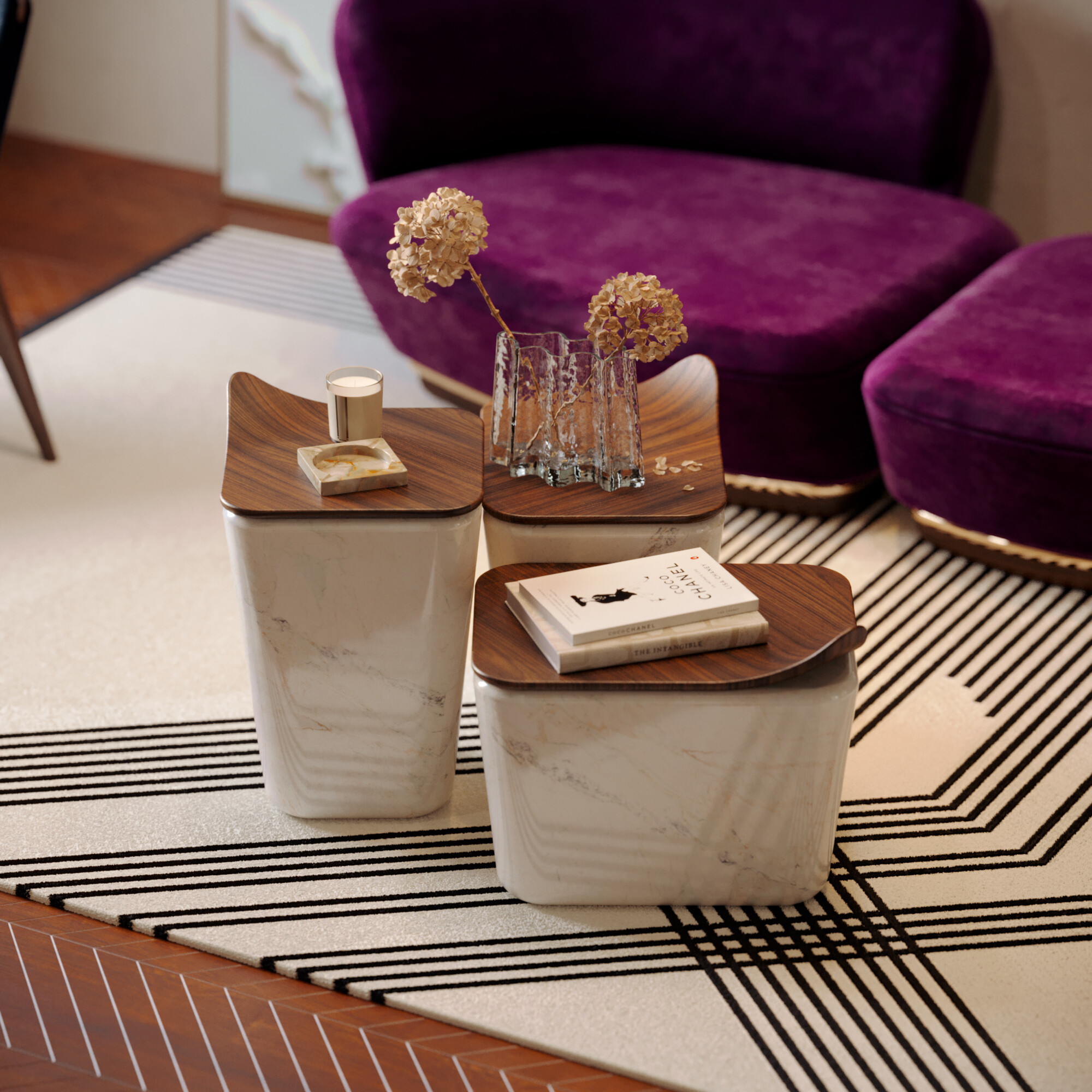
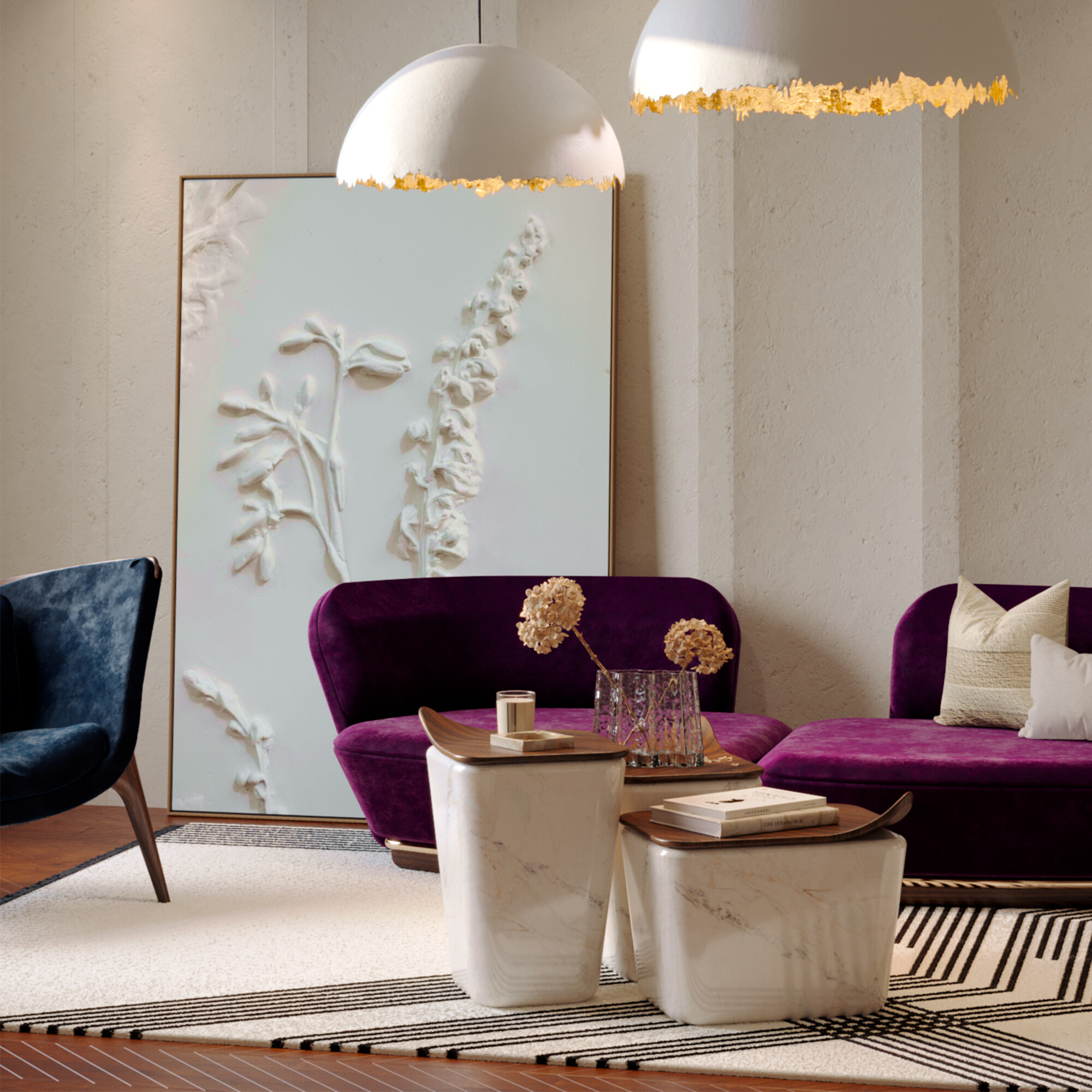
"Sustainability in interior design is about creating spaces that enhance our well-being while respecting the Earth's resources." David Bromstad
It is crucial that in projects of this nature, the advantages extend to the individuals who will call them home. In what way? Sustainable interior design spaces are designed for the comfort and well-being of occupants. Using natural light and selecting pleasant colors and materials must consider customers' needs and tastes. In this way, it will be possible to increase attention, concentration, satisfaction, and motivation while combating stress and anxiety. There may also be benefits to creativity and the ability to solve problems.
Another advantage of adopting an eco-friendly interior design is that it adds value to the space. Usually, these areas are more valued in the real estate market.
The concepts describe approaches that prioritize the environment and social responsibility. Although similar, they have slight differences that are important to highlight:
Implementing sustainability in interior design involves a series of steps and considerations.
Firstly, as an interior designer, knowing the principles inherent to this approach, the best practices, and the available ecological materials is essential. New technologies, new solutions, and more sustainable materials are continually emerging, so you must always be up to date with trends in the field of sustainability.
Objectives must be defined with the client, ensuring that sustainability goals meet their needs and tastes. For example, choosing sustainable materials that the customer likes is essential.
An extra tip is to work directly with architects, engineers, and consultants specializing in sustainability to ensure that the project meets rigorous standards of efficiency and environmental responsibility.
An eco-friendly house is an ecological or sustainable home designed and built to minimize its environmental impact and promote more sustainable living practices.
Choosing natural materials, valuing energy efficiency and opting for sustainable furniture makes it possible to have a more eco-friendly house. As explained in this article, some of these concepts are the leading interior design trends in recent years.
These materials are chosen and used to minimize their negative environmental impact. They are selected based on criteria that aim to reduce the consumption of natural resources, environmental pollution, and the energy needed to produce them. As a rule, they have the following characteristics: renewable, recycled, low emission of volatile organic compounds (VOC), low energy consumption in production, durability, high thermal performance, and low maintenance.
Some examples of these materials are wood from certified forests, bamboo, recycled glass, cork, natural stone, or marble. For example, the Castanheiro dining table from ALMA DE LUCE is a piece in which Estremoz marble stands out, enhancing this material's naturalness, low impact, and durability.

What is the best way to add energy efficiency to a space? Taking advantage of natural light. When developing the project, consider valuing the incidence of sunlight, which will be especially appreciated in the colder months.
From using more oversized windows to creating glass panels or using mirrors to reflect sunlight, there are many solutions.
In addition to all the advantages explained in this article, in the context of sustainability, modular furniture is a winning bet. Modular furniture refers to separate pieces that are used together to create a specific design.
Modularity offers multiple options in a single solution, allowing you to reconfigure a product to adapt to the space and customer needs. They will enable the rearranging and readapting of the same pieces of furniture to create a new design. For example, ALMA DE LUCE’s Al-Hijr modular sofas are a versatile, luxurious, attractive and comfortable solution that can be adapted to any project and/or room.
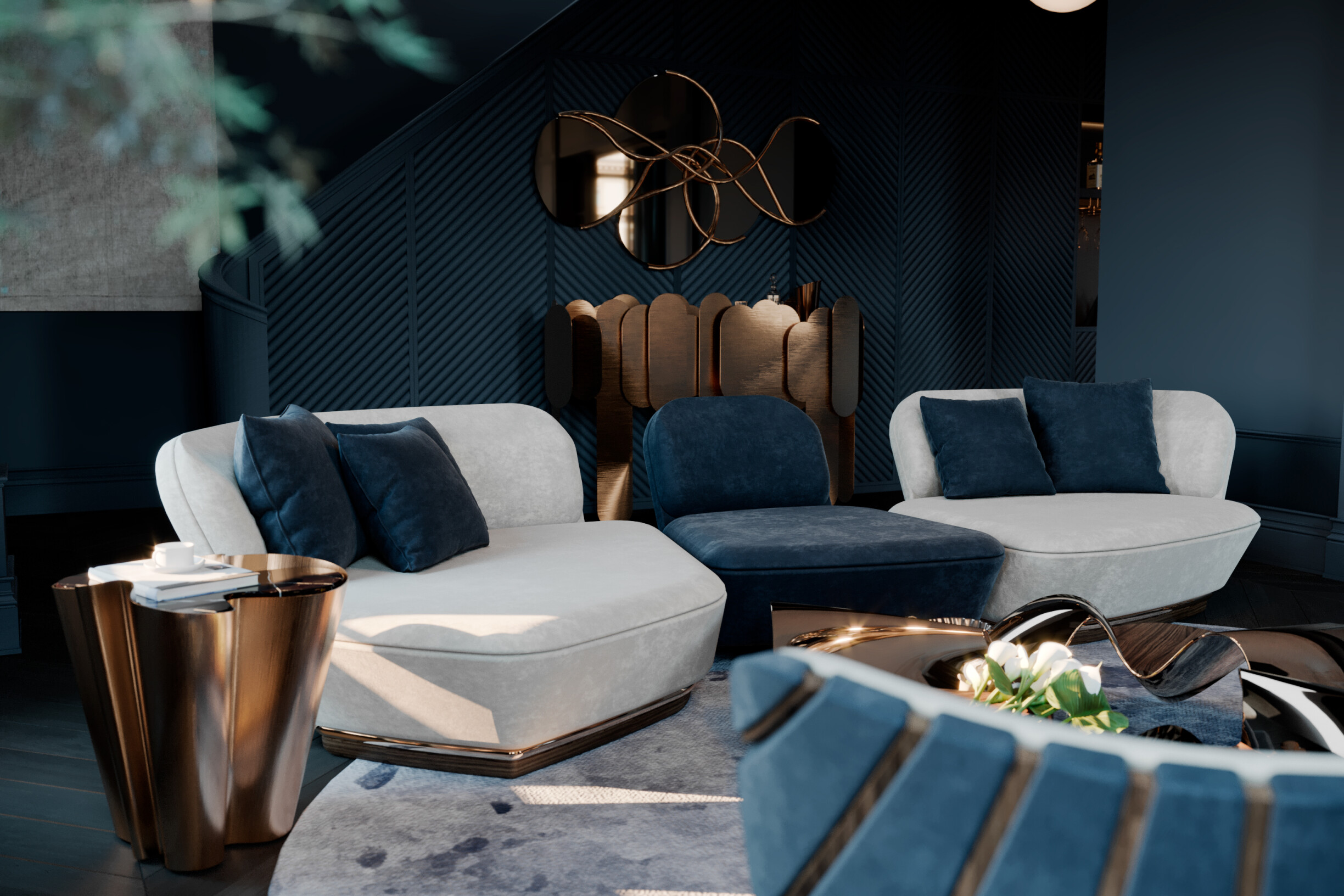
Although all decorative styles can be more sustainable, there are some that, due to their characteristics, are more environmentally sustainable than others. Minimalism is a trend and a way to avoid unnecessary waste.
Valuing simplicity, reduction to the essential, quality over quantity, and efficient use of space allows you to use resources and reduce waste efficiently. Thus, it is a popular choice for creating aesthetically pleasing and ecologically responsible spaces.

Sustainability is not just a trend. The transformation to achieve sustainability in interior design is a process. However, we guarantee that an environmentally conscious project will be a success for the planet and the well-being of its customers.
Did you like our tips? So, stay tuned to our blog for more information and curiosities from the universe of architecture, interiors, and construction! You can also follow us on Instagram, Facebook, and Pinterest for all updates and news.